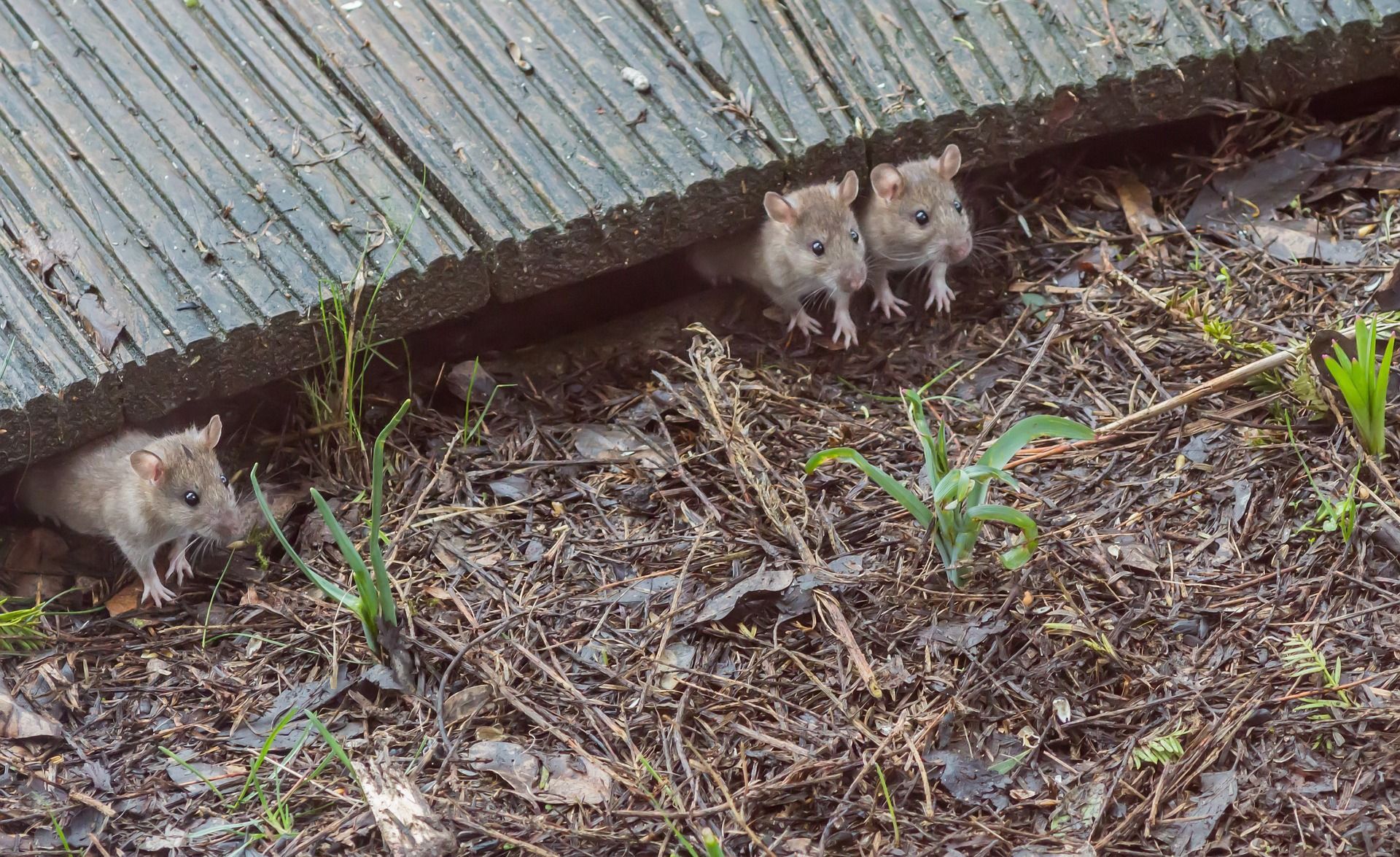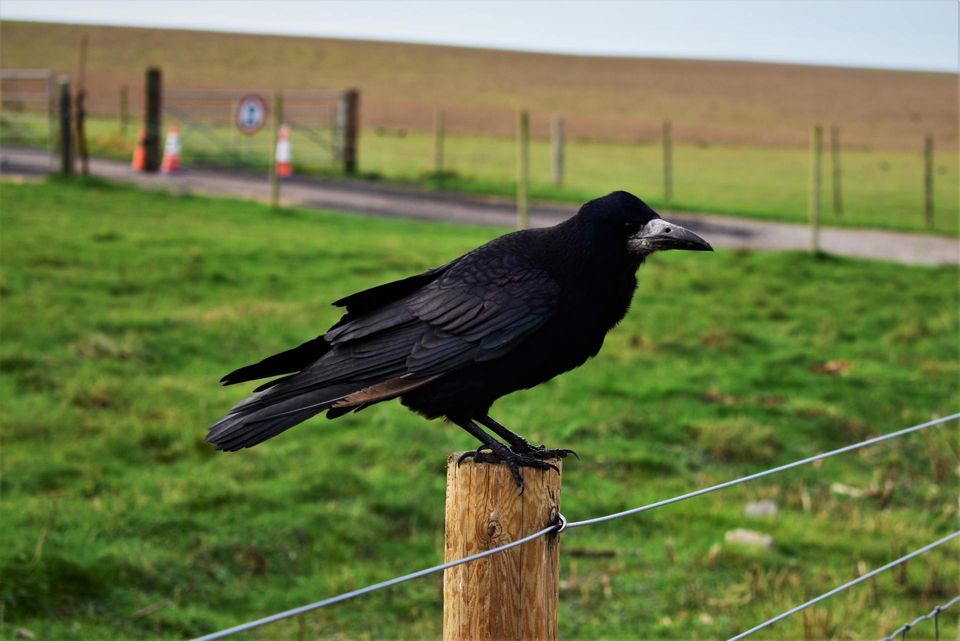Protect Your Garden from Birds and the Damage They Cause
It may take more than a scarecrow to protect your garden from bird damage
National Geographic magazine has indicated that there are over 900 species of birds in North America. Though that many species of birds can be a bird-lovers delight, it doesn’t necessarily mean good things for the typical homeowner’s garden. In fact, while many birds can do great things for our gardens by feeding on harmful insects and weeds, many tend to feast on our fresh flowers and vegetables.
Blackbirds, starlings, and robins, some of the most common birds found in the United States, are well known to pull up corn and snack on fruit varieties including cherries, peaches, and blueberries. These same birds dig holes in our lawns as they look for worms to add to their dinner plate. This results in quite a bit of damage, and in less than a day, can ruin the yield that the gardener was expecting for their next fruit pie or vegetable stew.
So, how do you get rid of these pesky winged pests?
Scarecrows do not lack courage
Though the famed scarecrow in the Wizard of Oz may have felt he lacked courage, in reality, scarecrows do an excellent job in warding off feathery fliers. Surely, you’ve driven by farms or the gardens of others and seen these scarecrows positioned prominently in the center. That’s because scarecrows really do work. Birds are quite scared of humans, so constructing a simple scarecrow is relatively low in cost and highly effective. If you have kids or grandkids, or maybe you are just a kid at heart, building a scarecrow makes for a great art project and only requires some sticks, a post, some string, and an old shirt. Of course, you can get as creative as you like, as the more lifelike your scarecrow, the more effective it will be.
If you love to plant and love the gardening season, an excellent solution to thwart off birds is to trick them… kind of. The first thing you need to understand here is that birds, like any other creature, need to eat. And, they don’t want to work too hard to get it. So, if they find food that is easily accessible and readily abundant, they are going to eat until their heart is content and their belly is full. A great solution is to grow some plants that birds are actually attracted to, but on the other side of the lawn from your garden. Some great examples include sunflowers, buckwheat, juniper, mulberry, and dogwood. In many cases, these additional plans will be enough to attract the birds away from your garden, keeping them happy, and your plants safe. And if you happen to be a gardener that also loves bird-watching, then this is a win-win-win solution.
Natural recipes to keep birds away
If the previous solutions don’t work, or you want to do everything you can to repel birds away from your garden, there are natural recipes that you can concoct and then spray throughout your garden. In fact, you may even be able to use some of the veggies from your garden in the recipe. Chili peppers and apple cider vinegar, mixed with water, make an excellent bird repellant. All you have to do is spray the concoction on the areas where birds tend to gather.
To make this natural home repellent spray, you need the following ingredients plus a clean spray bottle, and an empty two-liter soda bottle:
- ½ gallon of water
- ¼ cup apple cider vinegar
- 2 dozen chili peppers
Crush the chili peppers in a small bowl or by using a mortar and pestle. Fill the empty two-liter bottle with ½ gallon of water, and then add the crushed red pepper to the container. Replace the lid and shake well, then place the container in a sunny place outside (but out of reach of children and pets) for five days so that the mixture can ferment. After five days, bring the container back inside and add the apple cider vinegar to the mixture.
Pour the homemade bird repellent mixture into the spray bottle, then spray the blend on your plants and shrubs in the sections of your yard or garden where birds tend to congregate. Repeat the process a few times per week to ensure birds stay away.
Critter Repellent All Natural Animal Repellent Blog














